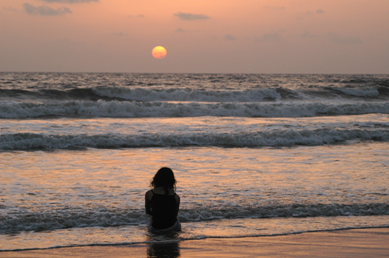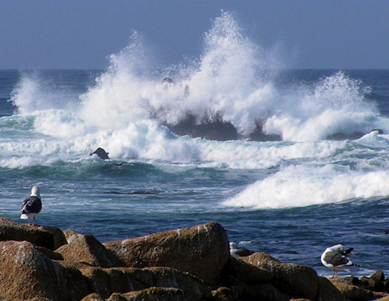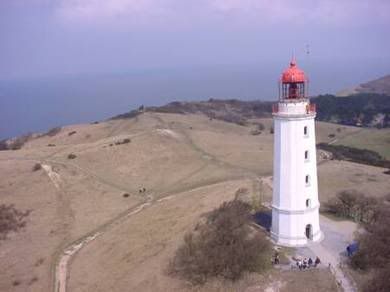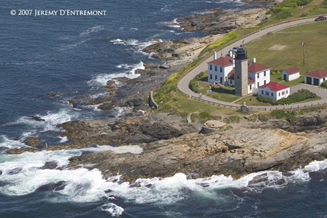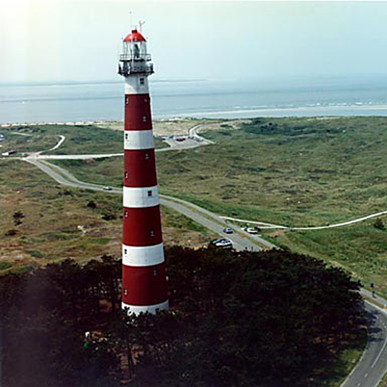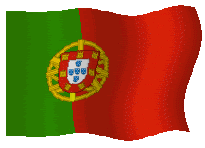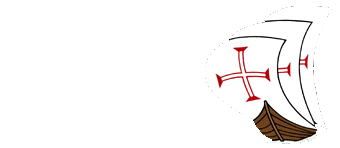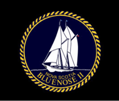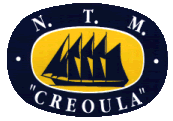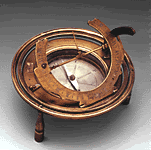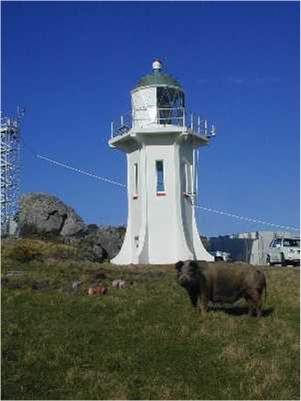
In 1929 the Marine Department discussed moving the old Pencarrow lighthouse to a new site at Baring Head. The idea was deferred while tests were made on new revolving light equipment at Egmont lighthouse. In 1931 they decided to build a new lighthouse and the contract was let, but due to economics the contract was then deferred. The land was donated by Mr. Eric Riddiford in 1932 and in 1934 work had begun.
First lit on June 18, 1935, Baring Head was the second to last manned lighthouse to be built in New Zealand.
Located on the eastern entrance of the Wellington Heads it also replaced the first New Zealand light, the original Pencarrow lighthouse which was extinguished and designated as a historical place. The light was the first to run on electricity from the onset and was initially run with a diesel powered generator. This meant the keepers no longer had a night watch and an alarm system in the keeper's house would warn of any failures.
In 1950 the light station was connected to the main electrical grid and the diesel generators were used as a backup.
One of the more accessible lighthouses, the keepers were able to pick up their supplies in Wellington or the suburbs and the keeper's children also attended school there.
During the Second World War the lighthouse was used by the New Zealand Navy as a radar and signal station.
In 1956 the light's character was changed from flashing three times every 15 seconds to the present character due to a nearby Harbour Board automatic light having a similar character.
The lens does not revolve, the bulb flashes on and off instead.
The lighthouse was automated in 1989.
The light is viewable from the Cook Strait ferry.
From Wellington drive east to Wainuiomata, then follow the Coast Road south to the beach where there is parking. From there I walked along the beach for views of the light. You will need to cross a river which can be swift and deep as you walk up the beach for closer views of the light.
About a kilometre back up the road there looked like there maybe a walking track up the hill to the light but unfortunately I had run out of time so didn't investigate that option.
Seek permission before using this track as it maybe private land/restricted area.
The drive from Wellington is about 40 km.
Island - North
Province - Wellington
Location - Wellington Heads
Number - K4004
Date Commissioned - 18 June, 1935
Date Decommissioned -
Automated - 1989
Latitude - 41° 25' South
Longitude - 174° 52' East
Elevation Above Sea Level - 87m
Height - 12m
Character - Occulting white light flashing for 9 seconds out of each 15 seconds.
Range - 19 N. miles (35 km)
Made -
Construction -
Converted Kerosene To Diesel -
Converted Diesel To Mains Electricity - Built with a diesel generator. Connected to mains electricity in 1950
Wattage -
Present Tower - Original
Authority - Owned and operated by Maritime Safety Authority
Date Visited - 20 February, 2000
